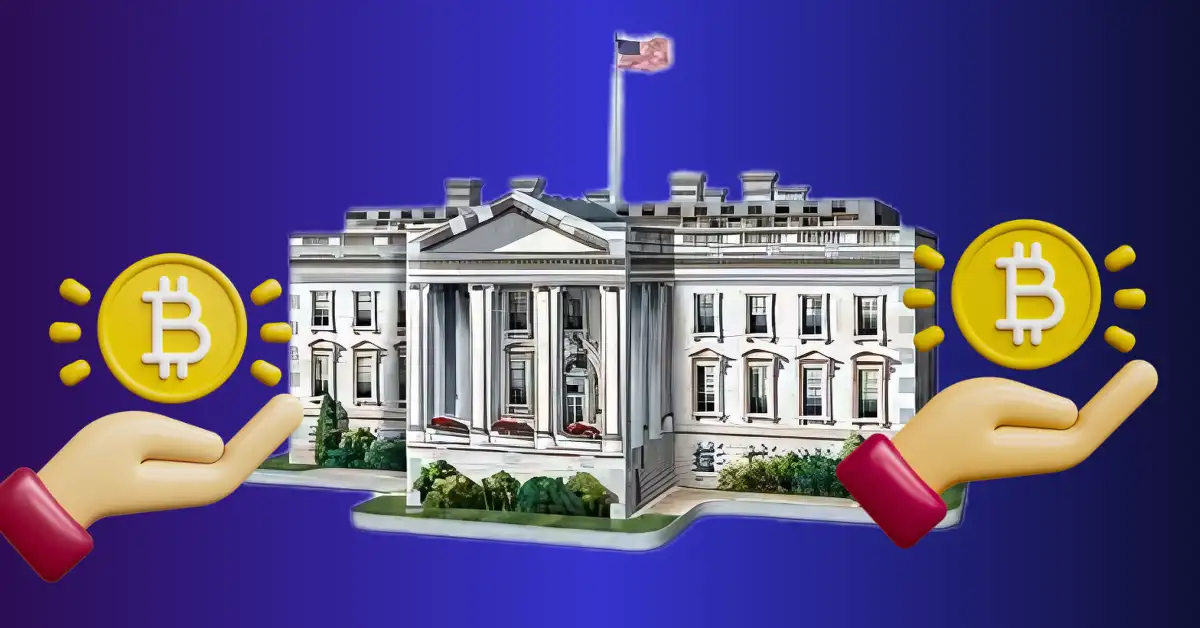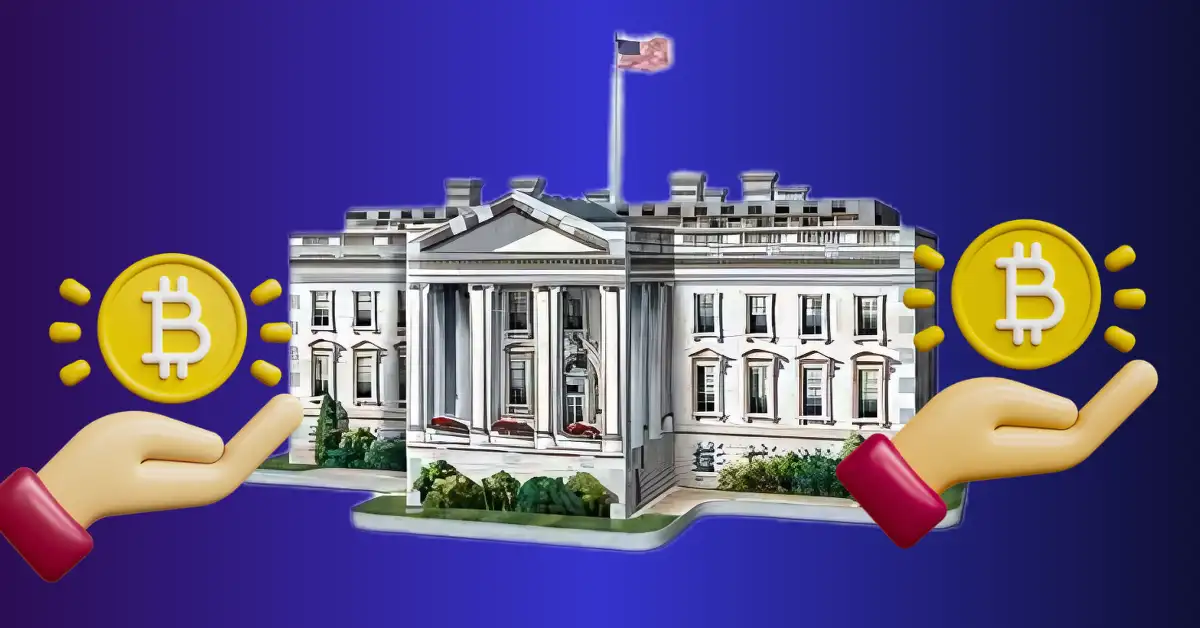The Enduring Allure of Fairy Tales: More Than Just Child’s Play
Echoes of Our Ancestors: Fairy Tales as Cultural Transmitters
Fairy tales, often dismissed as mere children’s stories, are far more profound than they appear. These narratives, passed down through generations, serve as cultural transmitters, encapsulating the values, fears, and aspirations of societies long past. The origins of fairy tales are as mysterious as the stories themselves, predating written records and emerging from an oral tradition that thrived in peasant communities. These tales were not just entertainment; they were vital tools for transmitting cultural knowledge, offering lessons on survival, morality, and societal norms.
Consider the ubiquitous tale of “Hansel and Gretel.” At its core, this story is about resourcefulness and resilience in the face of adversity. The children, abandoned by their parents, must navigate a dangerous world filled with threats, ultimately outsmarting a witch who represents the perils of greed and deception. The story reflects the harsh realities of peasant life, where famine and abandonment were very real dangers. Through this tale, children learned the importance of wit and courage, while adults could vicariously experience the triumph of the underdog.
Similarly, “Little Red Riding Hood” serves as a cautionary tale, warning against the dangers of trusting strangers. The story’s enduring popularity lies in its ability to tap into universal fears—of predation, of deception, and of the unknown. The wolf, a classic trickster figure, embodies the threats that lurk beyond the safety of home. By confronting these fears in a symbolic way, listeners—both children and adults—are better prepared to navigate the complexities of the real world.
Fairy tales also reflect societal anxieties and moral lessons. “Bluebeard,” for instance, warns against curiosity and disobedience, while “Rumpelstiltskin” explores the consequences of making deals with mysterious, otherworldly beings. These stories act as cultural mirrors, revealing the values and fears of the societies that created them. They are not just stories; they are echoes of our ancestors, whispering ancient wisdom in a language that resonates across time.
Mirrors of the Mind: Psychological Insights in Fairy Tales
Beyond their cultural significance, fairy tales offer profound psychological insights, exploring the depths of the human psyche. These stories provide a safe space for individuals to confront their fears, anxieties, and desires in a symbolic and manageable way. Psychoanalyst Bruno Bettelheim, in his influential work *The Uses of Enchantment*, argued that fairy tales are essential for emotional development, particularly in children. They allow young minds to process complex emotions and experiences through the lens of fantasy.
Take, for example, the story of “Cinderella.” On the surface, it is a tale of a mistreated girl who finds her prince and lives happily ever after. However, beneath this simple narrative lies a rich exploration of identity, transformation, and the struggle between good and evil. Cinderella’s journey represents the process of individuation, where the individual overcomes obstacles to discover their true self. Her transformation from a downtrodden servant to a beloved princess symbolizes the potential for personal growth and self-actualization.
Similarly, “Beauty and the Beast” delves into the complexities of inner beauty and the importance of looking beyond appearances. Belle’s ability to see beyond the Beast’s monstrous exterior and recognize his inherent goodness speaks to the transformative power of love and acceptance. The Beast’s transformation, in turn, represents the potential for redemption and the ability to overcome one’s own inner demons. This story resonates with individuals who have struggled with self-acceptance, offering a powerful message about the importance of inner beauty and the potential for change.
Fairy tales also explore the concept of the shadow self—the darker aspects of human nature that we often suppress or deny. In “Snow White,” the evil queen represents the shadow self, embodying envy, vanity, and a desire for control. Through the queen’s eventual downfall, the story suggests that these negative traits must be confronted and overcome for true happiness to be achieved. This psychological insight is not just relevant to children; it offers a framework for understanding the complexities of the human mind, regardless of age.
Beyond the Binary: Challenging Traditional Narratives
While fairy tales have traditionally been seen as vehicles for transmitting cultural norms, they are not without their limitations. Many classic fairy tales reinforce traditional gender roles, with female characters often portrayed as passive and dependent, while male characters are depicted as active and heroic. However, in recent years, there has been a growing movement to reclaim and reimagine fairy tales, challenging these traditional narratives and creating more inclusive and empowering stories.
Modern adaptations often feature strong female protagonists who take control of their own destinies, challenging patriarchal structures and redefining the concept of heroism. Consider the numerous adaptations of “Snow White” that portray the princess as a warrior who actively fights against the evil queen. These reimagined narratives empower young girls to see themselves as capable and independent individuals, capable of shaping their own narratives. They offer a powerful counterpoint to the passive princess trope, demonstrating that heroism is not confined to gender.
Furthermore, modern fairy tales are increasingly exploring themes of diversity and inclusivity, featuring characters of different races, ethnicities, and sexual orientations. These stories reflect the changing demographics of our society and promote a more inclusive and equitable worldview. For example, the Disney film “Moana” features a Polynesian princess who embarks on a journey of self-discovery and adventure, challenging the traditional princess narrative and offering a more diverse representation of heroism.
By challenging traditional narratives and embracing diversity, modern fairy tales are evolving to meet the needs of a new generation. They are no longer confined to the realm of children’s stories; they are powerful tools for promoting inclusivity, challenging stereotypes, and fostering a more compassionate and understanding world.
The Magic Endures: Why Fairy Tales Still Matter
In an age of digital distractions and instant gratification, the enduring allure of fairy tales may seem surprising. Yet, these ancient narratives continue to resonate with us for a reason. They offer a timeless wisdom, a profound understanding of the human condition, and a sense of wonder that is increasingly rare in our modern world.
Fairy tales provide us with a framework for understanding complex emotions, societal norms, and the eternal struggle between good and evil. They teach us about courage, resilience, and the importance of hope in the face of adversity. They remind us that even in the darkest of times, magic is still possible. The story of “The Little Engine That Could,” for instance, offers a powerful message about the importance of perseverance and self-belief. The little engine’s mantra, “I think I can, I think I can,” has become a cultural touchstone, inspiring individuals to overcome seemingly insurmountable challenges.
Furthermore, fairy tales offer a powerful antidote to the cynicism and disillusionment of the modern world. They invite us to suspend our disbelief and embrace the possibility of the extraordinary. They remind us that there is still beauty and wonder to be found in the world, if only we are willing to look for it. The story of “Peter Pan,” for example, captures the universal longing for eternal youth and the magic of imagination. It encourages us to hold onto our sense of wonder and to never lose sight of the possibilities that lie beyond the mundane.
Whether we read them to our children, revisit them in literature, or watch them unfold on the silver screen, fairy tales continue to captivate us, reminding us of the power of storytelling and the enduring magic of the human imagination.
A Timeless Legacy: Fairy Tales for the Future
The legacy of fairy tales is a rich and enduring one. These ancient narratives have shaped our culture, influenced our understanding of the world, and continue to inspire us today. As we move forward into the future, it is essential that we continue to engage with fairy tales, both in their traditional forms and in their reimagined iterations.
By challenging traditional narratives, embracing diversity, and exploring new themes, we can ensure that fairy tales continue to evolve and remain relevant for future generations. We can use them as tools for education, for personal growth, and for fostering a more inclusive and compassionate world. The story of “The Ugly Duckling,” for example, offers a powerful message about self-acceptance and the importance of embracing one’s unique qualities. It reminds us that true beauty lies not in appearances but in the courage to be oneself.
The magic of fairy tales lies not only in their fantastical elements but also in their ability to reflect our own humanity. They are mirrors of our souls, reflecting our fears, our hopes, and our dreams. They are a timeless legacy, a gift from our ancestors that we must cherish and pass on to future generations. They remind us that even in the face of adversity, the power of hope, courage, and imagination can ultimately prevail.
As we continue to explore and reimagine these ancient stories, we honor their enduring legacy and ensure that their magic continues to inspire and enchant future generations. Fairy tales are more than just child’s play; they are a vital part of our cultural heritage, offering timeless wisdom and a sense of wonder that transcends the boundaries of time and space.












